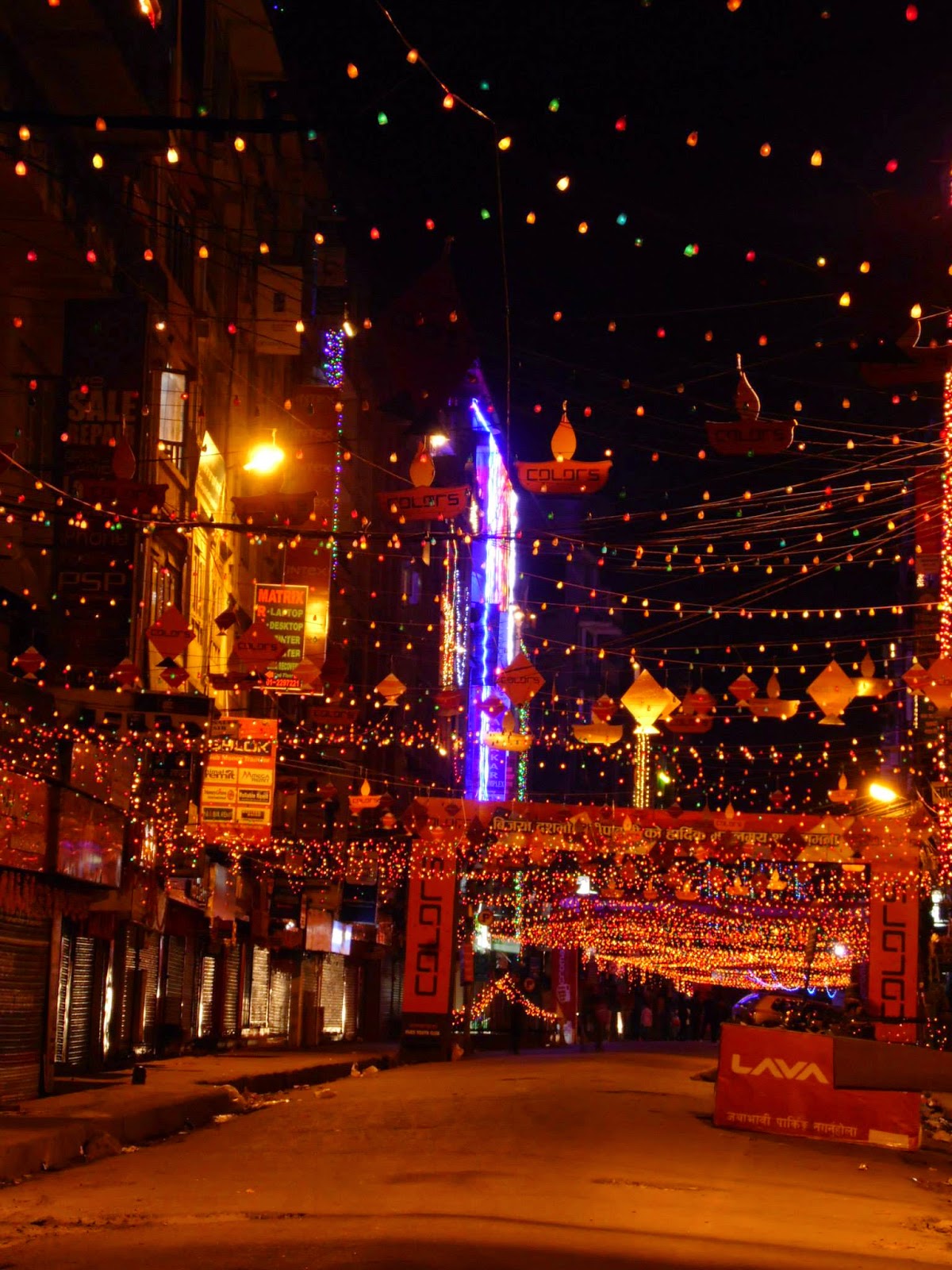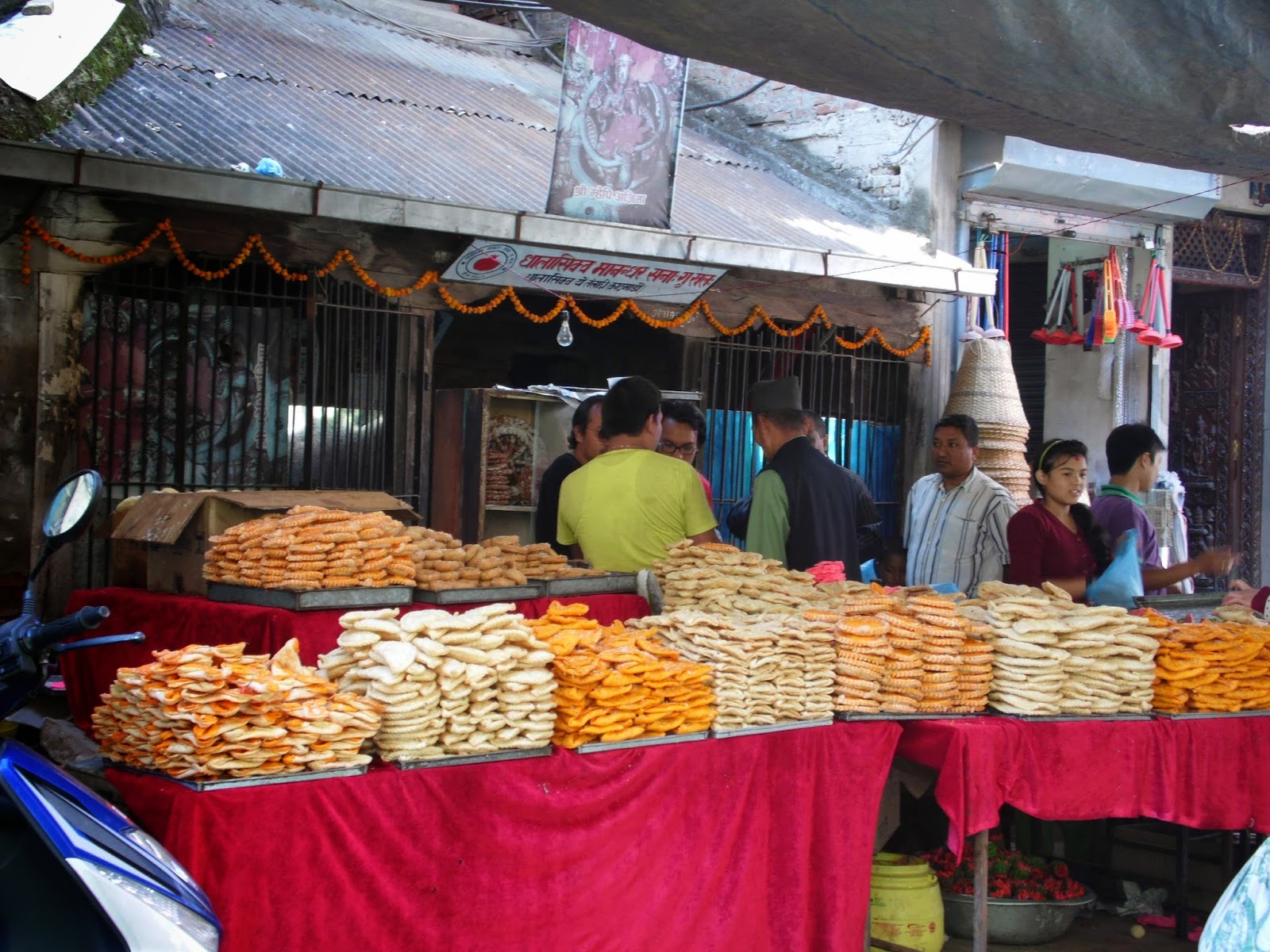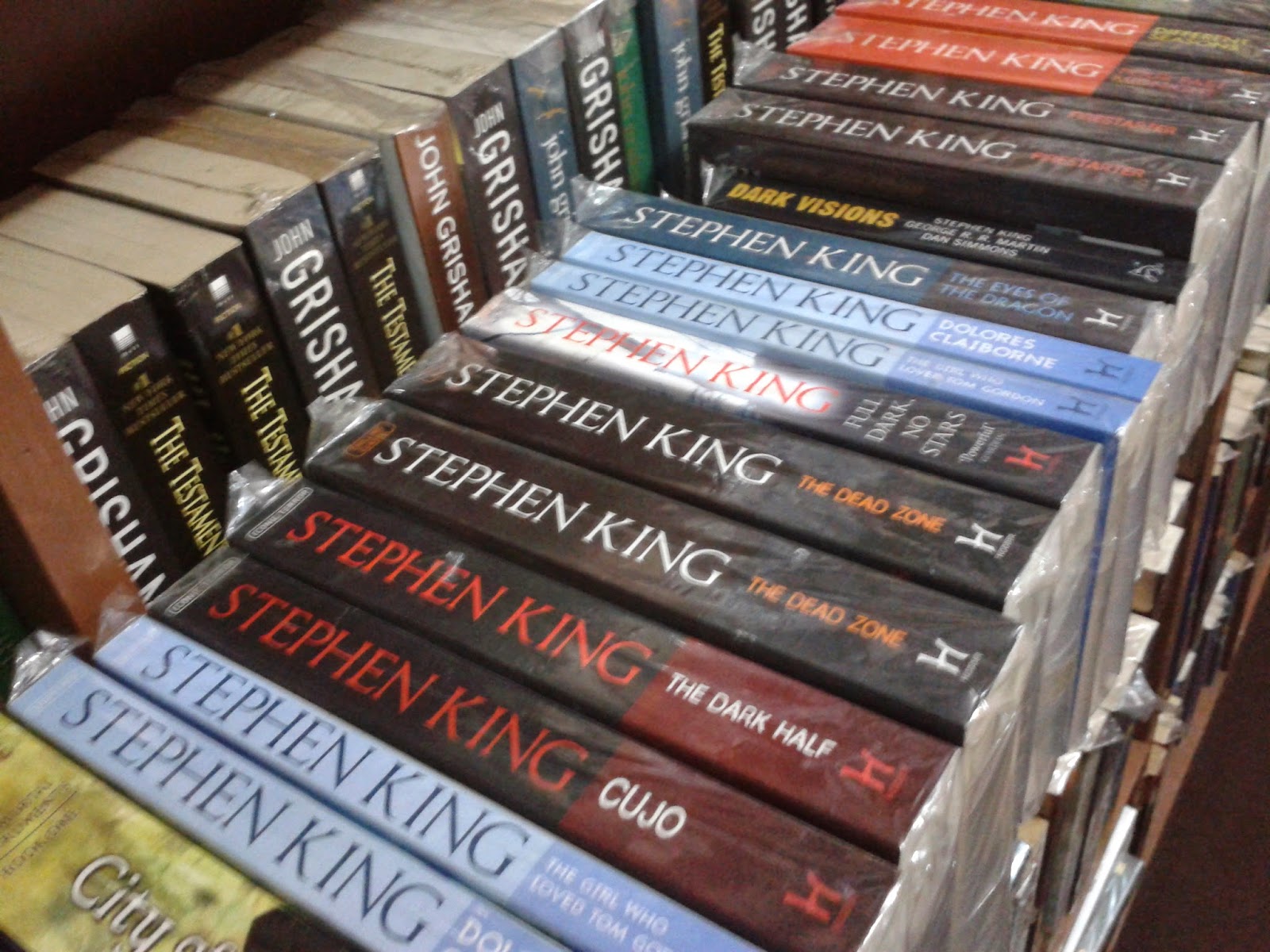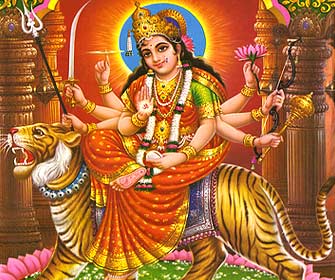Finally, I got to go on a field visit!
The day started at 2.45 am. I had been told that at 3.45 am, my
colleague would come to pick me up in a taxi and we would go to the jeep
station together. Anyway, he only arrived at sometime past 4 am and we left for
the station leaving the vigorously barking dogs behind. A short ride on the
taxi took us to a dusty place just next to the high way. There was light coming
from a tiny office which was already packed with people trying to secure the
tickets. My colleague went ahead to that office without saying anything, but I
understood I should just wait for him outside. As I was waiting, of course, I
was also observing. That's my curse. It was still dark at the time and a bit
chilly too. I saw all kinds of bags lying on the ground. There were more men
than women; the ticket office was full with men and the women were waiting
outside to guard their belongings. I thought they might have been transporting
products back home for their business or something. That was utterly lots of
stuff, I told myself. Everyone was in warm clothes but I knew soon it would
become a pain for them when the sun came up. I had a T-shirt and a hoody on,
which was quite okay for me with this kind of weather in Kathmandu. I somehow
had the feeling that people here are really afraid of the cold. When it was
only 20 degree, I already saw bulky, buffy jackets on the street. In the
office, everyone was wearing sweaters and windbreakers. I was reminded of
Hanoi. However, having spent 6 months of winter in Finland, this was absolutely
summer for me. I was still rocking short-sleeve T-shirt.
Anyway, we boarded a 9-seat jeep to one of PEEDA's project sites in a district called Okhaldhunga, an extremely mountainous area 125 km South East to
Kathmandu. Even though a jeep was only allowed to carry 9 people including the
driver, of course 10 of us were packed inside. The explanation was that it
would help with the bumpy and hilly roads, which turned out to be true but also
resulted in my unprecedentedly terrible carsickness. And the blasting music
played all the time inside the jeep did not help at all. The ride was in total 9 hours and I
vomited my gut out every couple hours or so. Therefore, I decided not to eat or
drink anything on the way until we reached the destination. My colleague was
worried, I knew that. But he was a guy, and there're social protocol of
interaction between men and women who are not related here in Nepal. And even I
know development workers should be progressive, there're certain restraints that
have been engraved into their mind. Or so I had presumed. So, bottom line, I understood I should take
care of myself. But I could tell he felt bad for me. He kept asking me:
"Okay, Phuong?" and if I had any strength left after the vomiting
section, I'd say "yes, I'm okay"; otherwise, I would just give him a
confirming nod. There was another guy as well who worked for a partner NGO with
PEEDA called SAHAS Nepal. He was designated as project coordinator in
Okhaldhunga and he went with us this time. Since I decided not to eat until we reached the destination, every
time they had something to eat and I said no, my colleague from PEEDA would
say: "Sorry, we're eating." That was sweet of him, I thought. Other
passengers in the jeep also gave me sympathetic looks any time they were
face-to-face with me, which was kind of heart-warming though. Even though
there was nothing they could do for me, it did show that they were at least
concerned. (and probably asked themselves what the hell this foreigner was
doing here!)
After the seemingly endless jeep ride, we finally arrived at our
destination, Maneybhanjyang VDC, at around 3 pm and I was completely drained. I needed to rest my
head where it would not move constantly and vigorously. After having some warm
milk tea in an eatery, my colleague showed me where I would stay for the night.
It was a room on the ground floor of a 2-story house where PEEDA staff always stayed
when they were there. I would be sharing the room with 2 other sisters who were
locals. When I told them I was from Vietnam, they looked puzzled and they
didn't speak much English, so I took out my notebook and tried my best with recalling and drawing the map of South Asia and showed them where Vietnam was. At the
time, there were three of them: Pramila, Rinuka and Sarmila. But later on, only
2 of them stayed the night with me in the room.
 |
| Maneybhanjyang VDC |
After that short greeting, I
lied down to take a nap. As soon as I started feeling cold when it was getting
to late afternoon, I was woken up by Pramila because she was covering me with a
thick blanket. Still half-awake, I managed to whisper a weak "thank
you" and slipped back to sleep, somehow for a split second, it crossed my mind that when I was much younger, I used to cover my dad with the blanket as well when he took his lunch nap and left the fan running a bit too strong. I think I was sleeping for about 1.5 hours
until I woke up again with Pramila trying to confirm if I had been carsick and
vomiting on the way there. I confirmed the information and realized that now my
head was clear and the dizziness had somewhat faded. Pramila asked if I wanted
tea, I gladly said yes. My body was really longing for some hot fluid. I got
up.
While waiting for Pramila to boil water for tea, I went out to wash up and
paid a visit to the toilet. Before coming here, the girls at the office were
warning me about the bad condition of the toilet here. But as I saw it, they
might have been exaggerating a bit. It was not all that bad. I've seen worse in
the country side of Vietnam when I was cycling across the country for a month.
The only thing is that I had to go down a narrow path and climb a few steps on
the stairs to reach the toilet, which was kind of inconvenient at night but if
I didn't drink much water in the evening, I should be fine. This was the part
where the girls at the office were complaining about. However, come to think about
it, toilets should be located far from living area for sanitary reason, which
makes the location of the toilet here more or less reasonable.
 |
| Women are super strong here! |
At 7, we went out back to the small family eatery in the village to
have dinner. We had some very typical Nepali food: Dal-Bhat which includes
rice, dal, achar (which was too hot for me!), vegetable curry and local
chicken. It took me quite a long time to eat because I was also watching the TV
at the same time with the children of the family. I had not watched TV for quite
some time now so every time I saw a TV, I was like enchanted or something. It
didn't matter that I did not understand at all what the programs were about, my
eyes did not leave the screen. I wish I could have stayed a bit longer but they
were closing the door so I thought it was time to go. This family had quite
many children and there was only one boy. All the girls were beautiful and
seemed pretty smart. The boy was, as my colleague said, "a good guy".
However, it looked like he received special treatment from the mother and he
was very well aware of that. Well, this was what I did not enjoy seeing. He
would boss his sisters and even his mother around whenever he could. But the
mother and sisters would not say anything against him and do what he wanted
them to.
Then, we came back to the guesthouse, agreed on the time to meet the
next day and said good night. I went inside the room to find both the sisters
already settle in bed. I changed my clothes and also crawled to bed.
It was no doubt a long day but it opened my eyes. During the jeep
ride, I felt like I was going to the end of the world. In a sense, it kinda
was, I guess. The place was isolated by a big river. We had to cross an enormous
bridge on foot and change the vehicles once. That reality caused my respect and
admiration I had for development workers here to shoot up to the sky since they
go on field visit every 1.5 months or so for monitoring.
 |
| A local shop in Maneybhanjyang VDC |
 |
| The beautiful Maneybhanjyang VDC |
During the time I worked for a livelihood program in Quang Tri,
Vietnam, I had my share of suffering hilly and bumpy roads. However, what I
had witnessed up to this point of the trip was at a whole new level. The majority of the roads to Okhaldhunga was dirt road filled with countless pot
holes and rocks. Once the jeep had passed one dense and rough series of turns
and we ended up in yet another mountain even before I knew it; and I could see
the part of the roads that we had just passed, I could never believe that
snake-like image engraved on the mountain were actual roads where buses and
jeeps could pass. If you have never been to a developing country, just imagine
the worst condition of roads that you have witnessed in your life, the pot
holes you occasionally come across and multiply it to ... say ... 10 thousand times and
also remember that you ride on that kind of road for 9 hours when always
covered in dust because there is absolutely no air-condition inside the jeep so
the window opens most of the time.
Jump to 2:18 to see the road conditions, I specifically remember this part of the ride since it was terrifying!
And I was told this was already among the good roads. Now, that did leave me speechless.
No money is enough to pay for what development workers do here at
daily basis; especially those based in the community, living far from their families and traveling frequently with very bad roads conditions. It takes much more of just wanting to earn a living to remain in
this job in Nepal, I would think.



























